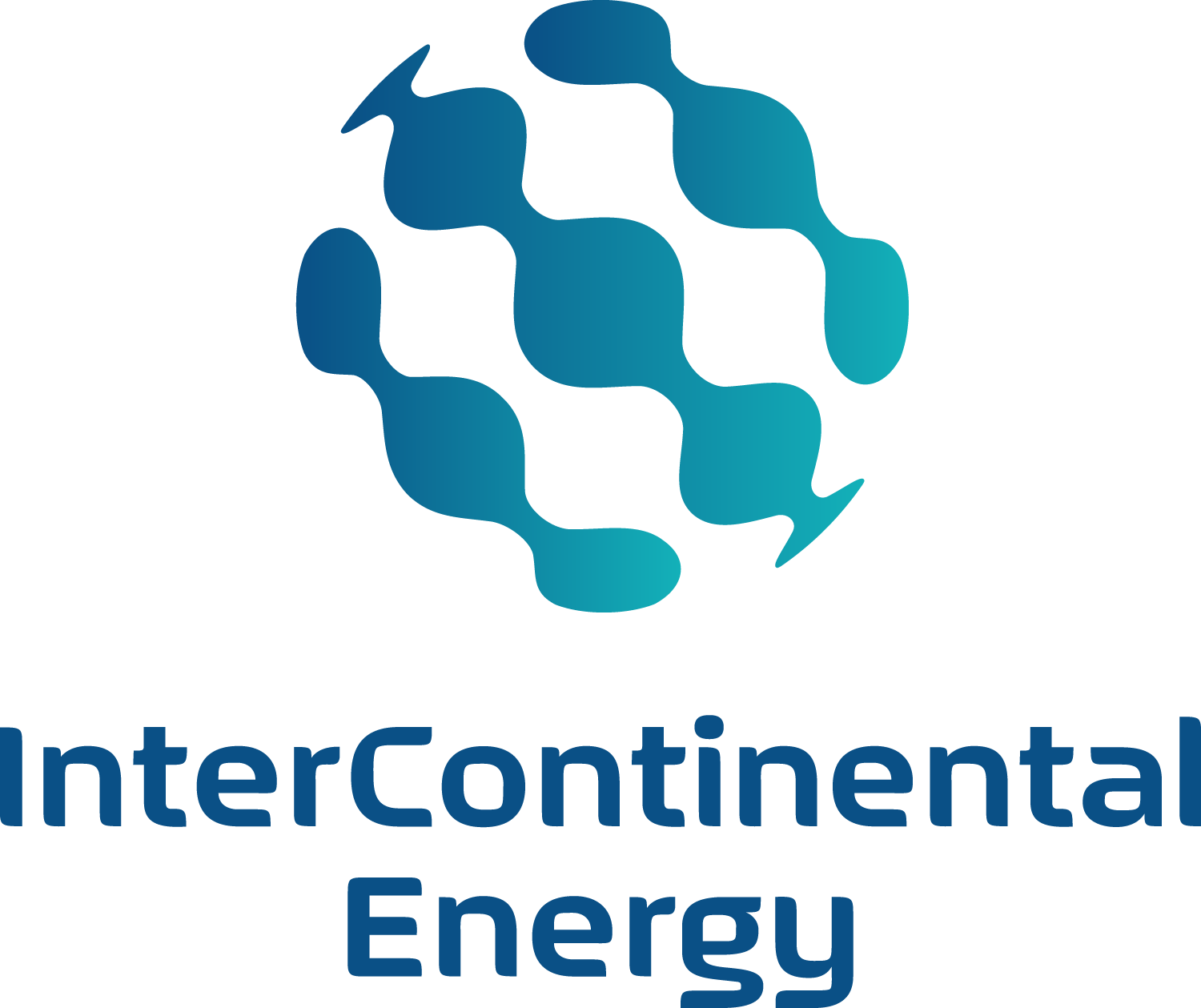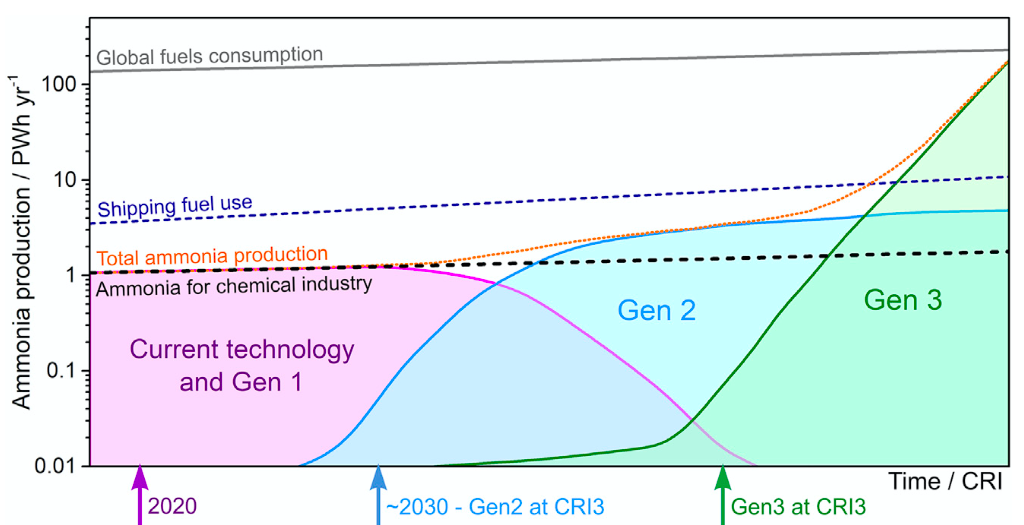Content by Author
Hydrogen in Australia: investments and jobs
There is so much hydrogen news coming out of Australia that it is hard to keep up. At the state level, Tasmania has released its draft plan to increase renewables to 200% of its electricity use by 2040. This marks a serious start to establishing a renewable energy export economy, and includes funding and policy support to ramp up green hydrogen and ammonia production and begin exports by 2027. At the federal level, ARENA announced that its AU$ 70 million funding round for large-scale, “shovel-ready,” renewable hydrogen projects received applications representing over $3 billion of commercial investments. Australia’s renewable hydrogen industry has appetite and momentum, “and we’re seeing a lot of projects ready to be built.” As if to prove the point, two developers in two weeks have each announced hydrogen projects that could produce a million tons per year of ammonia. These are at opposite ends of the low-carbon spectrum: Leigh Creek Energy's in-situ gasification (ISG) coal-to-ammonia plant; and Austom Hydrogen's 3.6 GW green hydrogen export project.
Industry report sees multi-billion ton market for green ammonia
This week, Argus Media published a white paper on green ammonia. This includes an overview of potential new markets and market volumes, a round-up of green ammonia projects around the world, and an assessment of production technologies and their impact on the ammonia cost curve. Argus estimates that, by 2040, green ammonia could cost just $250 per ton. Argus is an industrial analysis and consulting firm with long experience in the ammonia market, which, traditionally, centers on the fertilizer sector. This white paper therefore provides a welcome commercial perspective on the outlook for ammonia energy.
Monash team publishes Ammonia Economy Roadmap
Earlier this month, Doug MacFarlane and his team of researchers at Monash University published A Roadmap to the Ammonia Economy in the journal Joule. The paper charts an evolution of ammonia synthesis “through multiple generations of technology development and scale-up.” It provides a clear assessment of “the increasingly diverse range of applications of ammonia as a fuel that is emerging,” and concludes with perspectives on the “broader scale sustainability of an ammonia economy,” with emphasis on the Nitrogen Cycle. The Roadmap is brilliant in its simple distillation of complex and competing technology developments across decades. It assesses the sustainability and scalability of three generations of ammonia synthesis technologies. Put simply, Gen1 is blue ammonia, Gen2 is green ammonia, and Gen3 is electrochemical ammonia. It also outlines the amount of research and development required before each could be broadly adopted (“commercial readiness”). The paper thus provides vital clarity on the role that each generation of technology could play in the energy transition, and the timing at which it could make its impact.




